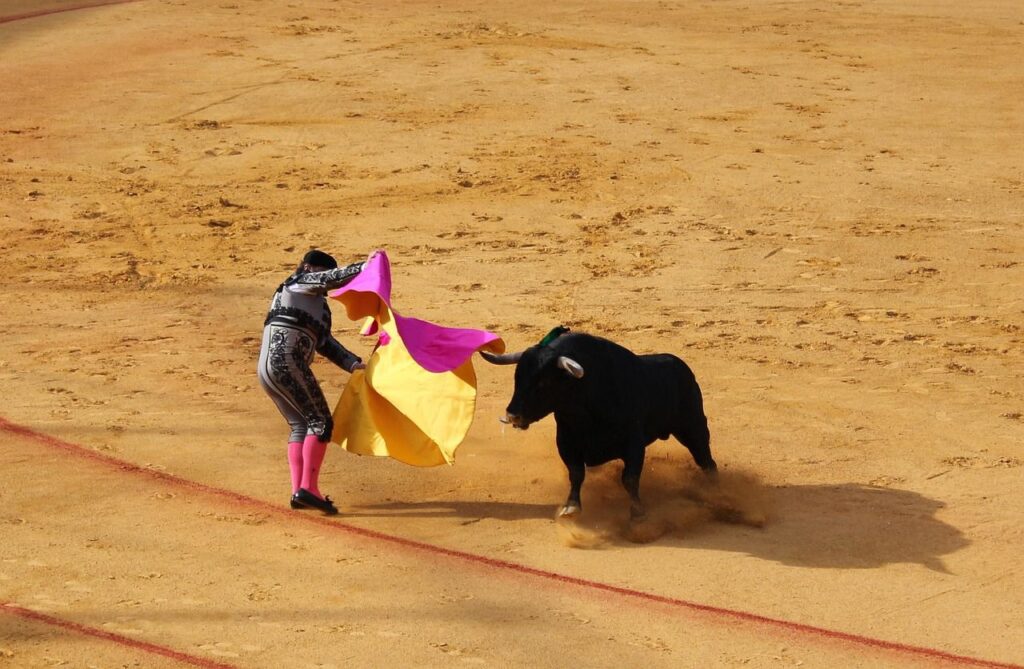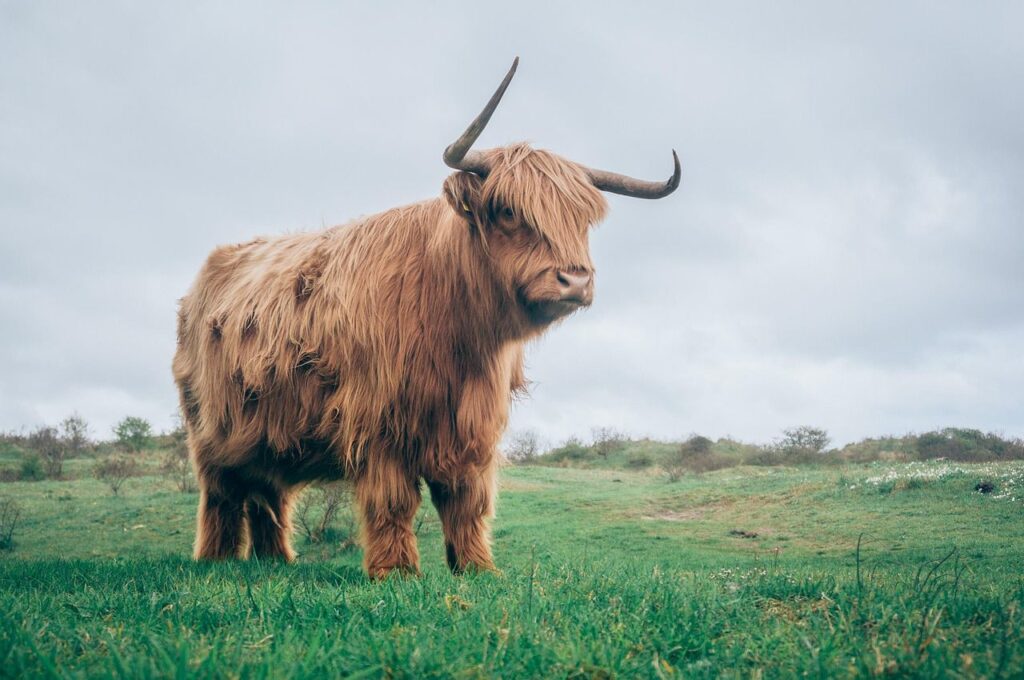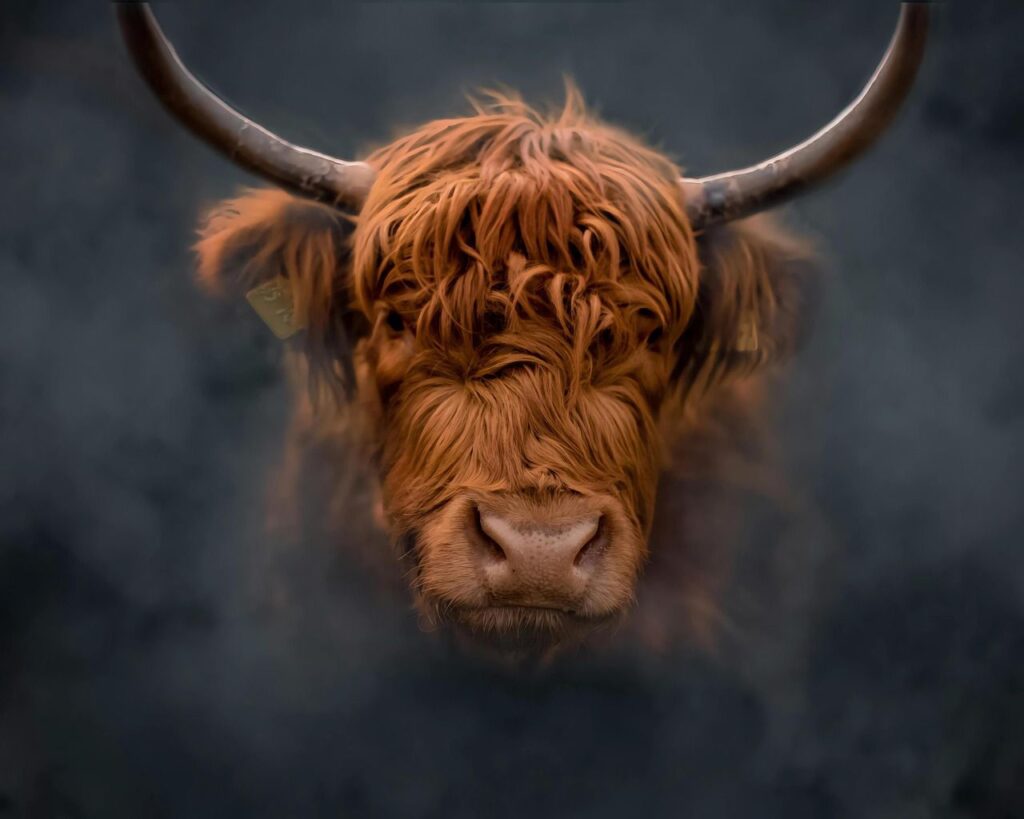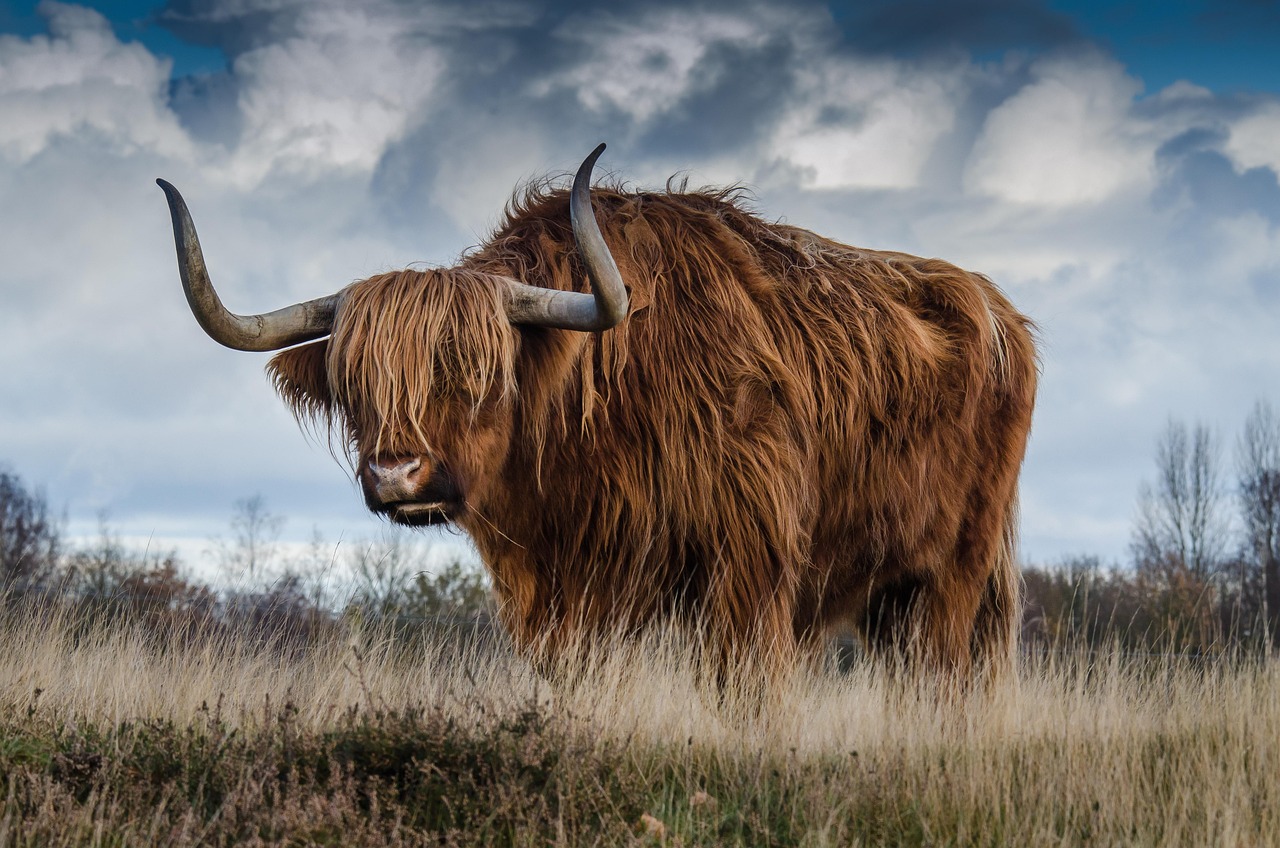Why Do Bulls Charge at Red Cloth?
A deeper look at a myth we’ve believed for too long

Most of us grew up thinking bulls hate the color red. It’s something we’ve seen in cartoons, movies, even comedy shows — the moment a matador waves a red cloth, the bull suddenly becomes furious and charges straight at it. We laugh, we watch, we accept it without thinking. But what if I told you that this whole idea — the angry bull charging at red — is completely wrong?

It’s not just slightly off. It’s a myth. A big one.
Because bulls don’t actually see red the way we do. In fact, they can’t even recognize it.
Let’s take a walk through this idea — not in a scientific textbook kind of way, but like two curious people sitting and wondering, “What’s really going on here?”
So… can bulls see red?
Nope. They can’t. Bulls, like other members of the cattle family, are what scientists call “dichromatic.” That’s just a fancy way of saying they see fewer colors than we do. While we humans have three types of color-detecting cells in our eyes (cones), bulls have only two.
We see red, green, and blue as separate, vivid colors. Bulls? Not so much. They see shades of blue and yellow pretty well, but red? Red doesn’t register for them as a separate color. To a bull, red looks like a dull shade of grey, brown, or maybe even black, depending on the lighting.
This is wild when you think about it — the entire image of the bull being enraged by red is based on a color it can’t even perceive.
So why does the bull charge?
Now that’s the real question.
The answer is surprisingly simple, yet full of layers: bulls charge because of movement. Not color. Not anger at a specific hue. Just good old-fashioned motion.
Imagine being a bull for a moment. You’re in a ring. You’ve been brought into a loud, unfamiliar place. There are people yelling, lights glaring, strange smells, and suddenly a figure stands in front of you, waving something rapidly — left, right, sharp jerks, back and forth. It moves unpredictably.

Wouldn’t you be on high alert?
Bulls are incredibly sensitive to motion, especially quick, dramatic movement that seems threatening. It’s part of their survival instinct. If something moves like a predator might — fast, direct, and sudden — the bull reacts. And sometimes, that reaction is a charge.
It’s not a calculated attack. It’s instinct. Defense. Confusion. Maybe fear. Maybe frustration. It’s not because the cape is red. It’s because it’s moving.
But in bullfighting, isn’t the cape always red?
Yes — in the final part of a bullfight, the cape is red. But here’s what many people don’t know: the first cape used, earlier in the fight, is usually magenta and yellow. Or sometimes pink and gold. And guess what?
The bull charges that too.
Because again, it’s not about color. In fact, if a matador just stood there holding a motionless red cape, the bull would probably do… nothing. It’s the way the cloth moves, the way it dances and flutters and snaps in the air, that triggers the bull’s reaction.
If you’ve ever watched videos of experiments — like the one done by MythBusters — they tested this idea in the simplest way. They used three flags of different colors: red, blue, and white. They moved some, kept others still, and released a bull into the arena.
The bull charged the moving ones, regardless of color. The still ones? It walked past them like they didn’t exist.
That one experiment pretty much ended the debate — at least scientifically.
Then why use red at all?
This is where humans come in. Because, let’s be honest, humans love drama. Red is dramatic. It’s fiery. It’s bold. On stage or in a stadium, red stands out. It tells the crowd: “Something important is happening now.”
There’s also a darker reason: in the final stage of bullfighting, when the bull is often injured or bleeding, the red color of the cape helps hide the blood. A white or blue cape would show every drop. Red masks it. That makes the scene more “acceptable” for the audience.
And finally, there’s tradition. Bullfighting is an ancient ritual in countries like Spain, Portugal, and parts of Latin America. The red cape has become a symbol — a costume, a character in the play. Even if it doesn’t mean anything to the bull, it means something to the story being told.
So, the red cape is for us, not for the bull.
Understanding bull behavior
Let’s step away from the bullring for a moment.
Think about bulls on farms or in pastures. They don’t just charge randomly. They’re not crazy, aggressive beasts like movies sometimes show. They’re animals — strong, yes, and sometimes dangerous, especially if they feel threatened — but they don’t wake up looking for a fight.
When a bull does charge a human, a vehicle, or another animal, it’s usually because of movement, noise, unfamiliar smells, or stress. It might be protecting its territory. It might be scared. It might be confused. But it’s not because someone wore red.
That idea — that a bull sees a red shirt and gets furious — it’s just not how their brains or eyes work.
Even during mating season, when bulls are more aggressive, they don’t target color. They respond to behavior. To motion. To posture.
Just like we do, in some ways.
What science (and common sense) tells us
Over the years, animal behavior scientists, vets, farmers, and researchers have all studied how bulls see the world. And across the board, the conclusion is the same: bulls react to movement, not color. They are red-green color blind. They don’t “hate” red. They don’t even know what red is.
Yet the myth has lasted for centuries. Why?
Because it’s easy. It’s visual. It fits into a neat little story. “Red equals anger” — it sounds good in a sentence, so it gets passed on. People love simple cause-and-effect ideas, especially when they match what we’ve already seen in media.
But the truth? The truth is quieter. Less flashy. More fascinating.
Because now, instead of thinking of bulls as “angry at red,” we begin to see them as animals reacting to stress, to threat, to confusion. That’s a lot more human, isn’t it?
The cultural side of the myth
It’s worth remembering that the idea of bulls charging red cloth isn’t just scientific — it’s cultural. Stories passed down, images burned into our memories from old bullfighting posters, cartoons like Looney Tunes or Tom and Jerry, or sports mascots.
We grew up watching these scenes: a guy waves a red flag, the bull gets mad, the chase begins.
And even though we now know it’s not true, the image is so strong, it’s hard to forget.
That’s the power of storytelling. Sometimes, myths survive not because they’re true, but because they’re vivid. They feel right. They explain the world in a way that makes sense — even when they’re wrong.
But that’s also the beauty of curiosity and science. We get to pull back the curtain, ask new questions, and see animals — and traditions — with clearer eyes.
So what’s the takeaway?
The next time someone says, “Bulls hate red,” you can smile and say, “Actually, they don’t even see red.”
You can explain how their eyes work, how they react to movement, and how the red cape is more for the crowd than the animal. You can share the truth in a way that opens up someone’s mind a little bit more.
Because knowing this doesn’t just correct a fun fact. It reminds us to look deeper. To question what we’ve been told. To be more respectful of the animals we live alongside.
And maybe, just maybe, to think twice about what we see in cartoons.
After all, the truth — in this case — is more interesting than the myth.

Leave a Reply